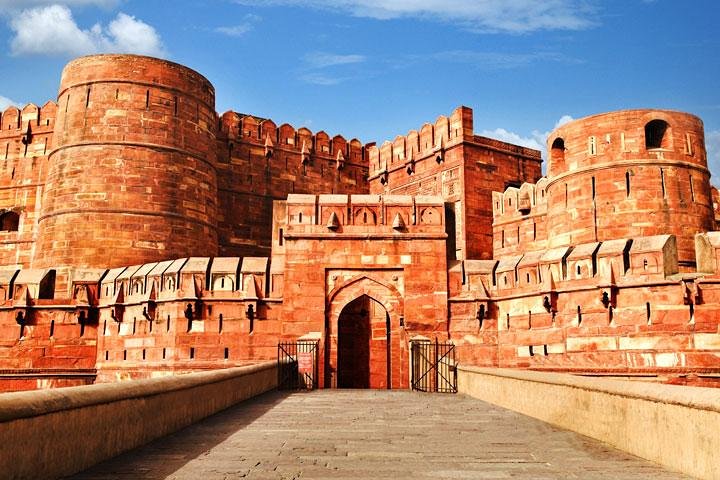From Kolkata to Agra: A Cultural Odyssey to the Taj Mahal
Embark on a cultural journey from Kolkata to Agra, exploring the timeless beauty of the Taj Mahal and the rich history of the Mughal Empire. Discover the artistry and legacy that define this iconic region.
A Journey from Kolkata to Agra: The Call of the Taj Mahal
The journey from Kolkata to Agra is not just a geographical transition but a passage through time and culture. As I embarked on this two-day adventure, I was filled with anticipation, knowing that I was about to witness one of the most iconic symbols of love and architectural brilliance—the Taj Mahal. The early morning flight from Kolkata to Delhi was a gentle reminder of the vastness of India, a country where every region tells a different story. Upon landing in Delhi, the drive to Agra was a seamless transition from the bustling cityscape to the serene landscapes that lead to the historic city of Agra.
Our first stop was Mehtab Bagh, a garden that offers a unique perspective of the Taj Mahal. As the sun began to set, the silhouette of the Taj against the evening sky was a sight to behold. The garden, believed to have been designed by Shah Jahan himself, provided a tranquil setting to reflect on the grandeur of the Mughal era. It was here that I felt a deep connection to the past, imagining the emperor gazing at the monument he built for his beloved Mumtaz Mahal. The experience was not just about seeing the Taj Mahal but feeling its presence, understanding its significance, and appreciating the artistry that went into its creation.
The Majestic Taj Mahal: A Testament to Eternal Love
The following morning, as the first rays of the sun kissed the marble of the Taj Mahal, I found myself standing in awe of its beauty. The Taj Mahal is not merely a structure; it is a narrative of love, loss, and legacy. Walking through its gardens and corridors, I was reminded of the stories of Shah Jahan and Mumtaz Mahal, their love immortalized in stone. The intricate carvings, the symmetry, and the sheer scale of the monument are a testament to the artistic and architectural prowess of the Mughal Empire.
As a cultural anthropologist, I was particularly fascinated by the blend of Persian, Islamic, and Indian architectural styles that define the Taj Mahal. Each element, from the calligraphy to the floral motifs, tells a story of cultural exchange and artistic collaboration. The Taj Mahal is a UNESCO World Heritage Site, and rightly so, for it encapsulates the essence of an era where art and architecture were expressions of power, devotion, and identity.
Agra Fort and the Artistry of Agra
After the mesmerizing visit to the Taj Mahal, our journey continued to Agra Fort, another UNESCO World Heritage Site. Built by Emperor Akbar, the fort is a sprawling complex of red sandstone that echoes the might and grandeur of the Mughal Empire. Walking through its courtyards and chambers, I could almost hear the whispers of history, the tales of emperors and their courts.
The fort is not just a military structure but a masterpiece of design, with its intricate carvings and strategic layout. It was here that I truly appreciated the Mughal’s contribution to art and architecture, their ability to create spaces that were both functional and beautiful.
Our final stop in Agra was a visit to the local markets, where the legacy of Mughal artistry lives on. From marble inlay work to exquisite jewelry, the crafts of Agra are a testament to the city’s rich artistic heritage. As I wandered through the bustling bazaars, I was reminded of Empress Nur Jahan, a patron of the arts, whose influence is still felt in the craftsmanship of Agra.
This journey from Kolkata to Agra was more than just a tour; it was an exploration of history, culture, and art. It was a reminder of the timeless beauty of the Taj Mahal and the enduring legacy of the Mughal Empire. As I boarded the flight back to Kolkata, I carried with me not just memories of the places I visited but a deeper understanding of the cultural tapestry that is India.













































